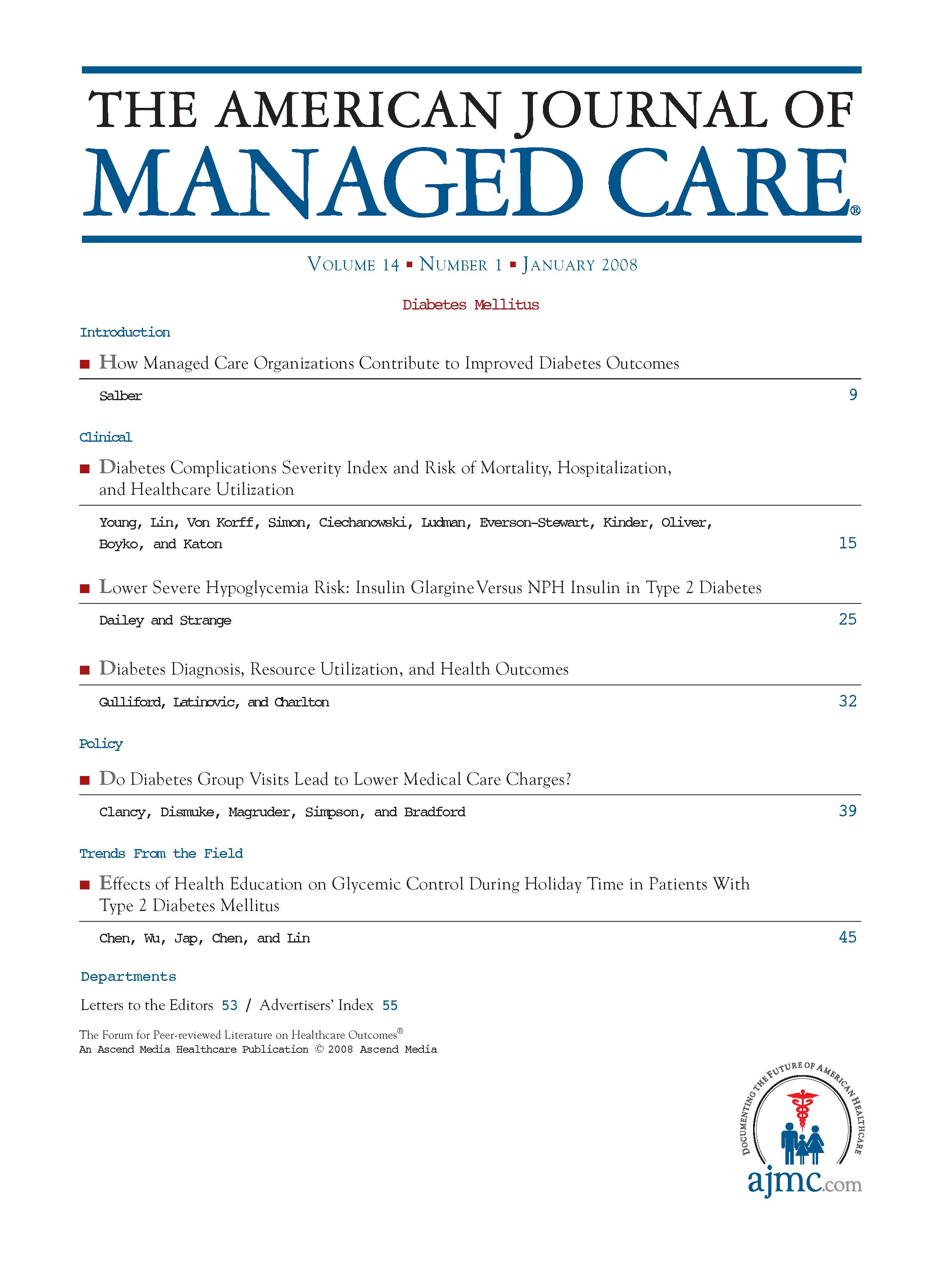- Center on Health Equity & Access
- Clinical
- Health Care Cost
- Health Care Delivery
- Insurance
- Policy
- Technology
- Value-Based Care
Lowering LDL-C for Optimal Protection in High-risk Patients
A potentially confusing clinical message was sent in the article by Goldberg et al.1 The study, which emphasized the need for reduction of LDL-C below 100 mg/dL, did not address the newer concept of lowering LDL-C below 70 mg/dL for optimal protection in high-risk patients. Accordingly, patients with coronary artery disease and diabetes mellitus should be treated for an LDL-C goal of 70 mg/dL or less. The concern, of course, is that clinicians will adhere to the less than 100-mg/dL LDL-C guideline instead of less than 70 mg/dL in the treatment of high-risk patients.
Regarding cholesterol treatment, the Pravastatin or Atorvastatin Evaluation and Infection Therapy [PROVE-IT] trial revealed that vascular events were reduced with aggressive lipid-lowering tactics (eg, atorvastatin at 80 mg/day vs pravastatin at 40 mg/day). The message conveyed was that lower is better in waging the war against LDL-C and coronary artery disease.
Additionally, the high-sensitivity C-reactive protein (hs-CRP) test has utility in the management of risk assessment as well as dosage adjustment of the statin. Attention should be directed to LDL-C and hs-CRP levels in the management of high-risk patients.
Frank M. Shanley, DO
Address correspondence to: Diane Binetti, 124 E Main St, Ste 106, Denville, NJ 07834. E-mail: dibinetti@optonline.net.
We appreciate the thoughtful responses to our article by Drs Federman and Shanley.
Duke University and Durham VA Medical Center
Author Disclosure: The author has no conflict of interest with any product discussed in this article.
Address correspondence to: Kenneth C. Goldberg, MD, Division of Ambulatory Care, Box 11C, Durham VA Medical Center, 508 Fulton St, Durham, NC 27705. E-mail: kenneth.goldberg@duke.edu.

Trends in Hospital Pricing for Vulnerable Emergency Department Users, 2021-2023
December 4th 2025Self-pay emergency department prices rose significantly from 2021 to 2023, especially at for-profit and system-affiliated hospitals, highlighting growing affordability challenges for uninsured and underinsured patients.
Read More
Integrated Care for Chronic Conditions: A Randomized Care Management Trial
December 3rd 2025The authors sought to understand the differential impact of payer-led community-based care management approaches on stakeholder-oriented outcomes for publicly insured adults with multiple chronic conditions.
Read More

